Introduction
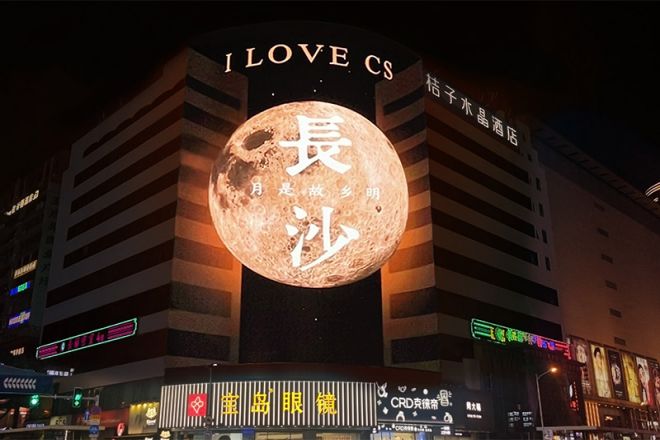
In the tide of the digital age, display technology, as the core carrier of information transmission and visual presentation, is developing at an unprecedented speed.
From the early black and white TV to the color picture tube, and then to the rise of liquid crystal display (LCD) and organic light-emitting diode (OLED), each technological leap has profoundly changed the way we live and work.
Today, as the new darling of display technology, ultra-high-definition (UHD) LED display screen is leading a new era of ultra-high-definition visual experience with its unparalleled clarity, rich color expression, and excellent stability.
This article will deeply analyze the definition, characteristics, technical principles and applications of UHD LED display screens in various fields, take you to a glimpse of the full picture of this cutting-edge technology, and feel the infinite charm of ultra-high-definition visual feast.
1. Introduction to UHD LED display screen
UHD, that is, ultra-high definition, is like a “super magnifying glass” in video display technology. Imagine that you watch a movie.
If it is UHD, then every detail in the picture will be super clear, just like you look at the real world directly with your eyes. The resolution of UHD is usually 3840×2160 pixels, which is often called 4K, which means that there are so many pixels on the screen that it can show very delicate pictures.
LED display, in simple terms, is a screen made of many small bulbs (we call it LED lights). These small bulbs can emit light and have rich colors. By controlling the on and off and color changes of these small bulbs, we can form the images and videos we see. The advantages of LED display are high brightness, long life, and energy saving.
When UHD and LED display are combined, it becomes UHD LED display. This screen has both the high brightness and long life of LED and the ultra-high-definition picture quality of UHD.
It is like a super clear “large canvas” on which very delicate and vivid pictures can be drawn. Whether watching a movie, watching a game or anything else, it can make you feel immersive, as if you are really there.
Therefore, UHD LED display takes advantage of the advantages of ultra-high-definition technology and LED display to create a display method with super picture quality and super enjoyable appearance.
Now, it has been applied in many places, such as large-screen advertisements in shopping malls, live broadcasts of games in stadiums, etc., making our lives more colorful.
2. Analysis of the technical principles of UHD LED display

1). Pixel structure
UHD LED display, in simple terms, is an ultra-clear large screen composed of many very small colored dots (we call them pixels).
These pixels are like the colored building blocks we played with when we were young, but they are so small that individual dots are almost invisible to the naked eye. Each pixel can emit red, green, and blue light, like a small palette.
When we put many such pixels closely together, they can be combined into various colors and images, allowing us to see vivid pictures on the screen.
Because the resolution of UHD (ultra-high definition) is particularly high, the number of these pixels is also very large. Specifically, the resolution of UHD is usually 3840×2160, which means that there are 3840 pixels in the horizontal direction and 2160 pixels in the vertical direction.
So many pixels make the picture very delicate and clear, just like looking at the world through a magnifying glass; every detail can be seen clearly.
2). Drive and control technology
Imagine that there are so many pixels that need to work at the same time, who will command them? At this time, a smart “commander” is needed to manage them.
This “commander” is the drive circuit and control system. They are like the brain and nervous system of the display, responsible for receiving image data and telling each pixel how to emit light.
For UHD LED display, this “commander” needs to be smarter and more efficient. Because UHD has a high resolution, the amount of data processed is also very large.
Therefore, the drive circuit and control system use advanced technology to ensure that data can be transmitted and processed quickly, just like a highway, allowing data to reach its destination unimpeded. In this way, we can see smooth and unstuck pictures on the screen.
3). Image processing technology
In order to make the picture look more real and vivid, UHD LED display also uses some magical image processing technologies. These technologies are like beauty and makeup for the picture, making the picture more beautiful and moving.
- Color correction:
It’s like putting a beautiful dress on the picture. Color correction technology can adjust the colors in the image to make them more vivid and accurate. Just like we adjust the white balance of the camera, making the color of the photo more natural and real.
- Dynamic contrast adjustment:
It is like adding light and shadow effects to the picture. Dynamic contrast adjustment technology can automatically adjust the contrast parameters according to the changes in the brightness of the image.
Increase the contrast in the bright area to make the picture brighter and clearer; reduce the contrast in the dark area to retain more detailed information. In this way, the picture has a sense of layering, just like we watch 3D movies with a stronger sense of three-dimensionality.
- Image enhancement technology:
It is like giving the picture a comprehensive beauty SPA. This technology includes sharpening, denoising, super-resolution reconstruction, and other technologies. Sharpening technology can enhance the edge information of the image to make the picture clearer.
Denoising technology can remove noise interference in the image to improve the purity of the picture; super-resolution reconstruction technology can enlarge and reconstruct low-resolution images through algorithms to obtain an effect close to high-resolution images.
After these technologies are processed, the picture is more dazzling, like a carefully polished gem.
3. What are the characteristics of UHD LED display screens?
UHD LED display screens, or ultra-high-definition LED display screens, have a series of unique characteristics that make them stand out among many display technologies. The following are several main features unique to UHD LED display screens:
1). Ultra-high resolution:
UHD LED displays usually have a resolution of 3840×2160 pixels (4K) or higher, which means that they can present more delicate and clear images. The high-density pixel arrangement allows every detail in the picture to be accurately displayed, giving users a more realistic visual experience.
2). Excellent color performance:
Using LED backlight technology, UHD LED displays can cover a wider color gamut, thereby presenting richer and more accurate colors. This color performance capability makes the picture colors more vivid and lively, bringing users a more shocking visual effect.
3). High contrast and brightness:
UHD LED displays achieve higher contrast and brightness by optimizing LED backlight technology and contrast control algorithms. This makes the black in the picture deeper and the white brighter while retaining more detailed information.
In strong light environments, UHD LED displays can still maintain good visibility, ensuring that users can clearly see the content of the picture.
4). Wide viewing angle:
LED displays themselves have a wide viewing angle range, and UHD LED displays further enhance this feature.
When users watch the screen at different angles, they can get consistent and clear visual effects, avoiding the problem of color distortion or brightness reduction of traditional displays when squinting.
5). Long life and low power consumption:
LED displays usually have a long life, and UHD LED displays further extend their service life and reduce power consumption by adopting advanced LED technology and energy-saving design.
This not only reduces the user’s maintenance costs but also conforms to the modern concept of energy conservation and environmental protection.
6). Flexibility and scalability: UHD LED displays usually adopt a modular design and can be spliced and expanded according to actual needs. This gives it a wide range of application prospects in large-scale outdoor advertising, sports events, performing arts stages, and other occasions. Users can flexibly adjust the size and layout of the display according to the size and shape of the venue to achieve personalized customization.
7). Excellent dynamic performance: Because UHD LED displays have a higher refresh rate and faster response time, they can present smoother and more realistic dynamic pictures. This is especially important when watching sports events, games or high-speed sports video content, which can bring users a more immersive viewing experience.
4. Application areas of UHD LED display
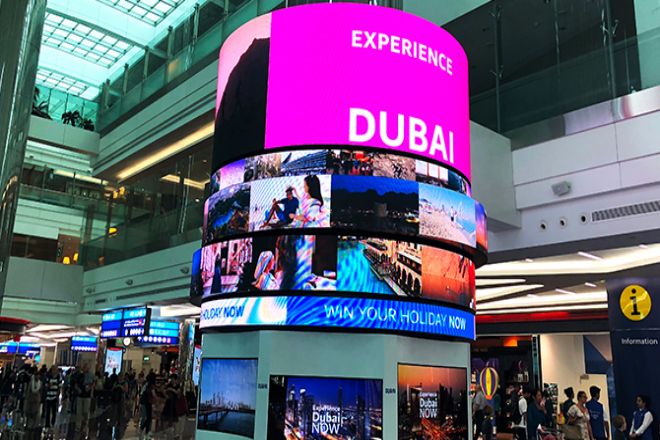
1). Commercial Advertisements
UHD LED displays are widely used in the field of commercial advertising. In public places such as shopping malls, supermarkets, and airports, they are used as advertising carriers, and with their ultra-high-definition resolution and excellent color performance, they can attract the attention of a large number of pedestrians.
These displays are usually installed in areas with dense traffic and effectively increase brand awareness and product sales by playing high-quality video and image advertisements.
Its high brightness characteristics make the advertising content still clearly visible in bright environments, enhancing the visual impact and communication effect of the advertisements.
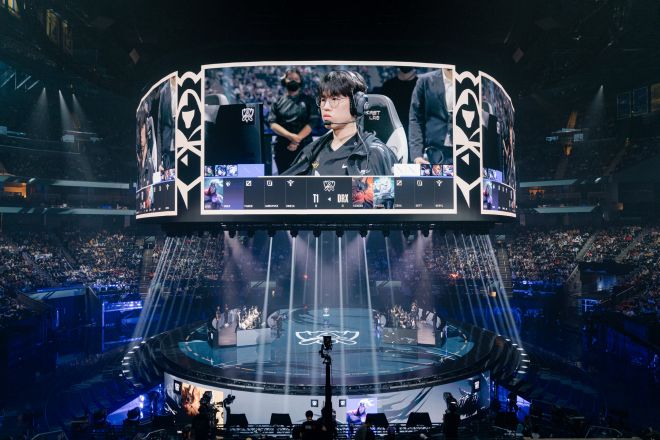
2). Stadiums
UHD LED displays play a vital role in sports events. They can update key data such as scores, timings, player information, etc., in real-time, providing viewers with clear and accurate game information.
High refresh rates and fast response times ensure the smoothness of the picture, allowing viewers to enjoy a more realistic viewing experience. In addition, UHD LED displays can also be used to play game replays, highlights, etc., further enhancing the fun and interactivity of watching games.
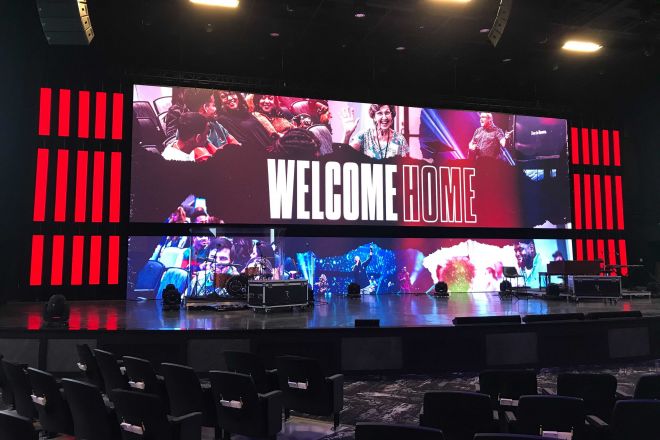
3). Stage performances
In stage performances, UHD LED displays serve as stage backgrounds or props, creating colorful stage effects through the perfect combination of high-definition images with lighting and sound effects.
These displays can play videos, patterns, etc. related to the theme of the performance, bringing a more immersive viewing experience to the audience. At the same time, they can also be flexibly adjusted according to the needs of the performance to meet the needs of different scenes and atmospheres.
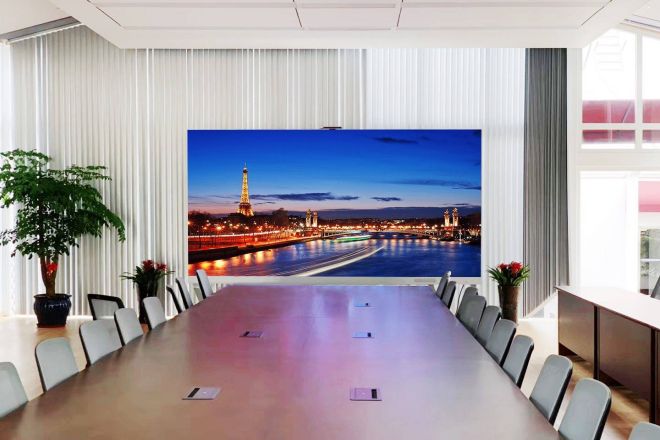
4). Conferences and exhibitions
In conference centers, exhibition halls, and other occasions, UHD LED displays are ideal for efficiently displaying PPTs, videos, and other content. They can clearly present various information, helping participants or visitors to better understand and absorb the content.
High definition and wide viewing angle characteristics ensure that audiences in every corner can get a clear visual experience. In addition, these displays can also be seamlessly connected with computers, mobile phones, and other devices to achieve remote control and content updates, improving the efficiency and convenience of meetings.
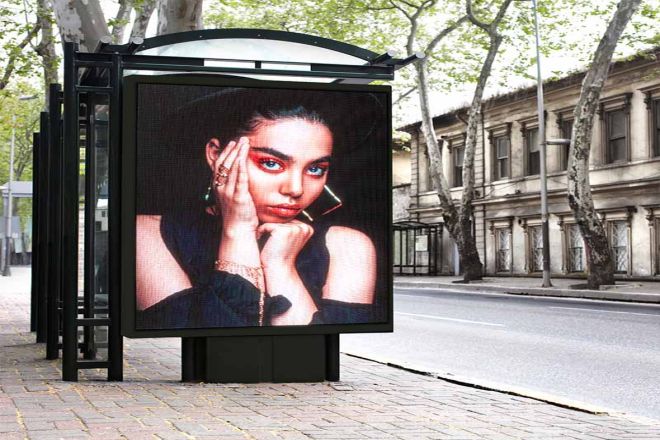
4). Smart city
In the construction of smart cities, UHD LED displays are combined with intelligent systems to provide strong support for the improvement of urban management and service levels.
They can be used in multiple fields, such as traffic guidance, environmental monitoring, public safety, etc., to publish traffic information, air quality, emergency notifications, and other content in real-time and provide citizens with convenient and accurate information services.
At the same time, through the combination with the Internet of Things technology, UHD LED display screens can also achieve interconnection with other smart devices to form a more intelligent urban management system.
Conclusion
In summary, as an outstanding representative of ultra-high-definition display technology, UHD LED display screens are gradually becoming an important force in promoting the development of the display industry with their excellent performance and broad application prospects.
It not only brings us unprecedented visual enjoyment, but also promotes industrial upgrading and innovative development in many fields.
Finally, if you want to know more about LED display screens, please get in touch with us.
